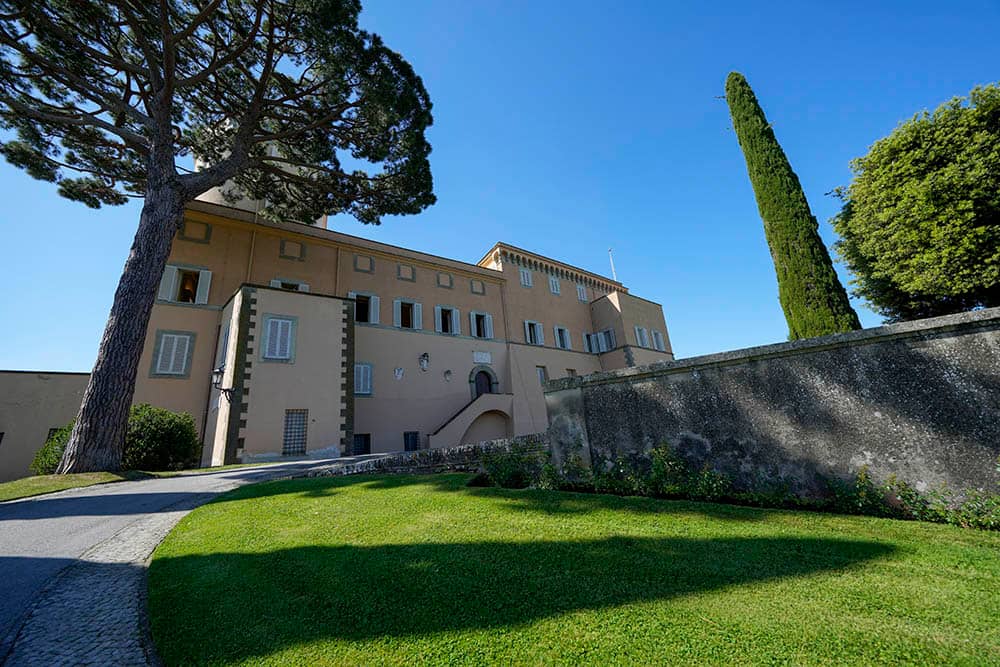ROME – Today marks the one-year anniversary of Pope Francis’s historic summit on the clerical sexual abuse crisis in February 2019, which brought together presidents of the world’s bishops’ conferences to promote a global culture of transparency and accountability.
Coincidentally, the milestone falls as the world is focused on a very different kind of epidemic: The coronavirus, which to date is believed to have killed more than 2,100 people across mainland China, though fewer than 10 outside the country. The global total of infected people stands at about 75,600, the vast majority in China’s Hubei province.
The juxtaposition at first glance may seem unrelated, but there is a sort of link.
Consider that two months into the coronavirus outbreak, we can speak with basic statistical confidence about how many victims there are and where they are, at least outside the epicenter. As is well documented, China initially tried to cover up the disease, and there are still serious doubts about whether it’s being forthcoming regarding the extent of new infections and deaths. Still, dogged researchers across the world are hard at work trying to get at the reality of the situation, and we have a fairly good handle on infections and treatments elsewhere.
By way of comparison, decades into the clerical abuse crisis there’s still no such hard data about its global reach.
There’s reasonably solid information about the number of cases and victims, and therefore the percentage of priests guilty of abuse, in the United States, Australia, Ireland, Germany and other settings which have been epicenters of the crisis, but we don’t have much clue about the spread elsewhere.
What tends to fill that gap are a priori assumptions, reflecting the perspectives and biases of whoever’s talking.
For instance, Archbishop Marcel Utembi Tapa of Kisangani in the Democratic Republic of Congo, by far the largest Catholic country in Africa in terms of population, has said that “cases are rare in our country.”
In that, Utembi is reflecting the kinds of things many African bishops have said since the outbreak of the abuse crisis in the late 1990s and early 2000s:
- Child sexual abuse by clergy is mostly a Western issue.
- Given the social stigma against homosexuality in Africa, priests preying on boys doesn’t happen on a wide scale.
- To the extent Africa has a problem with sexual misconduct by clergy, it takes other forms, especially relationships with adult women.
One can hear similar things from bishops in other parts of the world. Most survivors scoff in response, insisting such comments reflect denial.
During a press conference this week in Rome organized by the US-based group BishopAccountability, a question came up about clerical abuse around the world. The axiomatic answer was that it must be similar to what we know about the US and elsewhere – meaning somewhere around 5 to 8 percent of clergy guilty of abuse. The comparatively low number of cases reported in the Congo or the Philippines, therefore, must be a reflection of poor reporting and cultures of shame that discourage victims from coming forward, not a real difference across geographic regions.
Yet the study of epidemiology, very much in the air due to the coronavirus outbreak, tells a different story.
As one might imagine, the spread of disease is a subject that’s been keenly studied by health organizations and researchers. One consistent finding is that the spread of an epidemic or pandemic is terribly uneven. Even where different populations face exactly the same risk of exposure, how hard they’re hit is dependent on a number of factors, including overall health levels, exposure to unsafe water and food, the quality of health care systems, the nature of the diet, air quality levels, and any number of other things.
In other words, medical researchers will tell you it’s not useful in combating disease to make assumptions about what causes it, how it spreads, and whether its impact is the same everyplace. Instead, you have to collect the data and then try to make sense of it, rather than starting with a model and massaging the data to fit.
Granted, the analogy between a virus and the clerical abuse crisis is inexact, among other things because a disease is generally a natural phenomenon while the sexual abuse of a child is an abominable crime. Nevertheless, the comparison is instructive.
Is it possible, for instance, that there was something in Western cultures during the peak years of the crisis that produced a level of abuse not seen elsewhere? Or, is it possible that the crisis is actually far worse in other settings that lack a legal and cultural support system for victims to seek redress, where clericalism is far more rampant, and where cultural attitudes towards sexual relations with adolescents and even children are radically different?
The only answer to either question right now is, “Sure, that’s possible, but we really don’t know.” One can try to apply generalized data from the World Health Organization about child abuse worldwide, for instance, which suggests levels are depressingly high pretty much everywhere, but that’s inexact.
That, in turn, brings us back to where things stand one year from the pope’s summit.
What’s striking is how much still isn’t understood. Neither ecclesiastical nor civil authorities in most parts of the world have invested the resources to provide a reliable picture, so we’re left with guesswork and projections.
For sure, the immediate work of identifying abusers and those who covered up for them is critically important, among other things because it’s what tends to spark lawsuits, grab headlines and drive protest. Yet the slower and less sensational task of understanding the origins and distribution of clerical abuse, including the environmental and cultural factors which either encourage or obstruct it, also merit a spot on the to-do list.
Perhaps expanding the infrastructure to do that kind of research is one resolution to take away from this anniversary – because, let’s face it, “disease” is an unfortunate fact of life in the Catholic Church as much as anywhere else, and it would be nice to have a reliable tracking system for where and how it spreads.
Follow John Allen on Twitter: @JohnLAllenJr
Crux is dedicated to smart, wired and independent reporting on the Vatican and worldwide Catholic Church. That kind of reporting doesn’t come cheap, and we need your support. You can help Crux by giving a small amount monthly, or with a onetime gift. Please remember, Crux is a for-profit organization, so contributions are not tax-deductible.
















